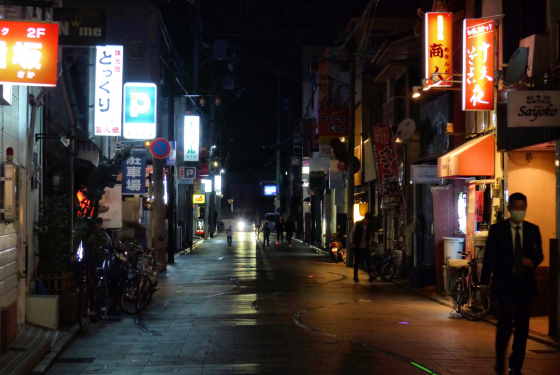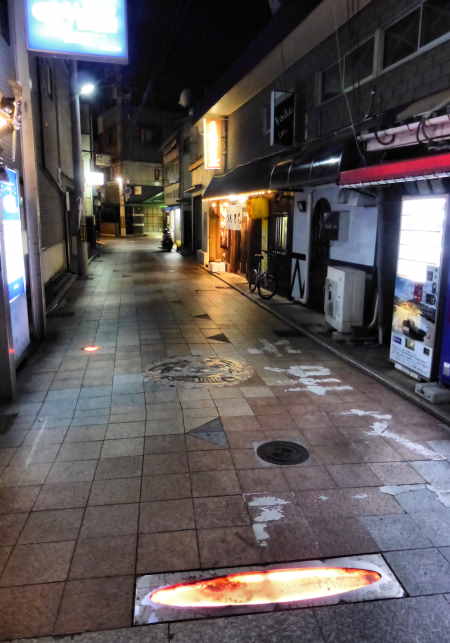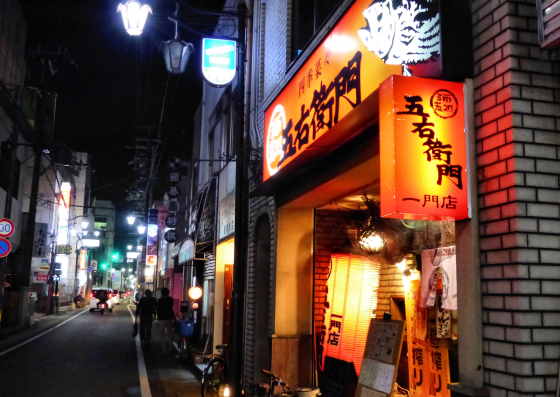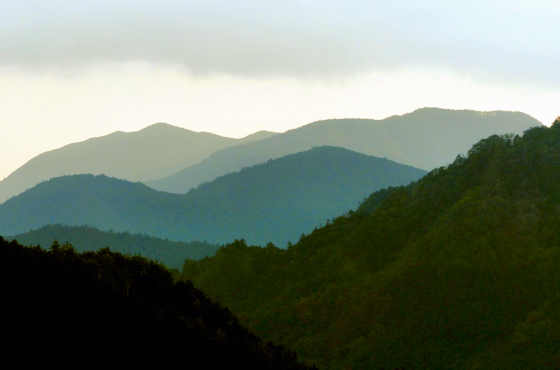Showing posts with label saigoku. Show all posts
Showing posts with label saigoku. Show all posts
Monday, February 20, 2023
Takahara to Takijirioji on the Nakahechi
The previous post in the Saigoku series is Takahara Kumano Shrine
Labels:
kumano kodo,
nakahechi,
saigoku,
takahara,
wakayama
Tuesday, November 29, 2022
Takahara Kumano Shrine
Takahara Kumano Shrine
Labels:
komainu,
kumano kodo,
nakahechi,
sacred tree,
saigoku,
Shrine
Thursday, September 8, 2022
Chikatsuyu to Takahara on the Nakahechi
Chikatsuyu to Takahara
Labels:
kumano kodo,
saigoku
Monday, May 30, 2022
Ajijoji Nightlife District Tanabe
Ajijoji Nightlife District
Usually located adjacent to the main train station in Japanese cities and towns can be found "nightlife districts", focused primarily on selling alcohol, food, and female entertainment, and "companionship".
Labels:
kumano kodo,
saigoku,
tanabe,
wakayama
Monday, March 7, 2022
Funatama Shrine to Chikatsuyu
Funatama Shrine
This post covers the rest of my third day walking along the Kumano Kodo as part of the Saigoku Pilgrimage that follows the same route for the first week or so. After stopping at Funatama Shrine I carried on through the silent forest.
I then passed through the remains of a small settlement that was abandoned in the 1960's. Metal pots, bits of chairs, and other bits and pieces as well as a few collapsed structures are all that is left. Even in my own area in the 21st century, small settlements in remote mountain locations continue to disappear.
I ass several Oji, the shrines along the route. There are, I believe, 100 Oji between Hongu and Osaka.
In a tiny settlement of a few homes I found this unusual dispenser of free, cold drinks. I think this was the first instance of osettai, giving alms to pilgrims, that i found on this pilgrimage.
After passing Nonaka no Shimizu spring I soon found myself in Chikatsuyu, a large settlement and a stopping point with quite a few, pricey guesthouses, all fully-booked weeks and months ahead. On my first day after climbing up from Nachi, I met a Frenchman who had spent the night on the floor of the disabled toilets in a park here as he had been unable to find any lodgings or good places to sleep out. As I passed one guesthouse the owner was in front cleaning the steps, so as last-minute cancellations are not unheard of I asked if he happened to have a room for the night. He looked at me as if I had asked to sleep with his daughter.
Labels:
kumano kodo,
saigoku
Wednesday, October 13, 2021
Funatama Shrine & Tamahime Inari Shrine
Funatama and Tamahime Inari are a set of small hokora shrines found along the Nakahechi route of the Kumano Kodo. They lie on the Otonashi River, one of the three rivers that meet at Hongu, the centre of the Kumano Kodo pilgrimage routes and shrines.
Labels:
inari,
kitsune,
kumano kodo,
saigoku,
shimekazari,
shinwa,
Shrine
Thursday, July 1, 2021
Misty Mountains of Kumano Kodo
Before moving to Japan I had lived many years in a desert environment, so one of the most different and dramatic landscapes I encountered in Japan was the mists and clouds clinging to the forested mountainsides.
Labels:
kumano kodo,
mist,
saigoku
Thursday, March 18, 2021
Hosshinmon Oji
Labels:
kumano kodo,
oji,
saigoku,
Shrine,
torii,
world heritage
Subscribe to:
Posts (Atom)


































































